6. Communion (1989)
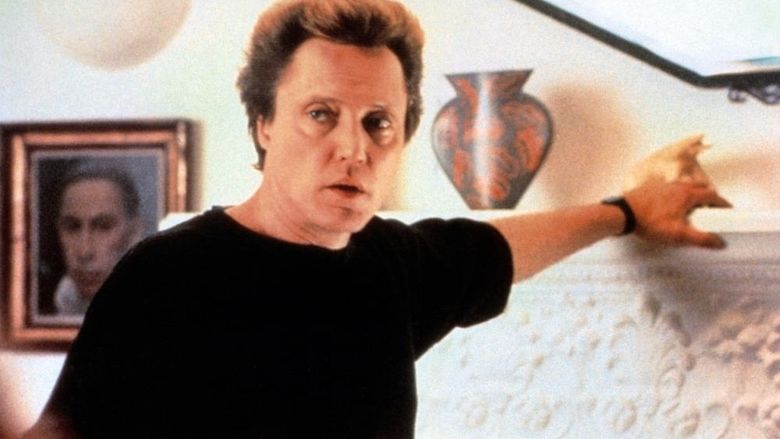
Whitley Strieber: prolific writer, paranormal figurehead. Philippe Mora: esoteric French filmmaker, director of Howling II and Mad Dog Morgan. Christopher Walken: Christopher Walken. These elements combined in 1989 to create Communion, an adaptation of Whitley’s “non-fiction” book about his being abducted by aliens.
When Strieber published Communion three years prior, the book became a New York Times bestseller and damaged the author’s credibility in many circles; here was a highly successful horror author, with multiple novels and several screen adaptations of his work, claiming with grave seriousness to have been taken aboard a UFO and probed by saucer-eyed spacemen. Regardless of one’s opinion on the veracity of his claims, Communion is a marvelously creepy read and Mora’s film version, though wildly erratic, frequently manages to capture the spookiness of Strieber’s account.
The first forty-five minutes, in particular, are very effective in detailing the abduction itself; the latter half of the picture, which deals with Strieber undergoing psychoanalysis and coming to terms with his experiences, is less successful. As the film progresses it grows stranger and stranger; by the time Strieber willingly revisits the spacecraft and starts dancing with aliens, you may find yourself wondering what the hell Mora was smoking.
While imperfect, Communion is never boring and quite well done in many regards. Walken captivates as always, the cinematography is suitably sleek, and Eric Clapton’s mournful synth/guitar score shines. For most of its length, Mora’s film is entertaining, thoughtful sci-fi that also serves as a fascinating cultural document. Despite occasionally lapsing into silliness, it’s well worth tracking down for devotees of alternative cinema.
7. Steel and Lace (1991)
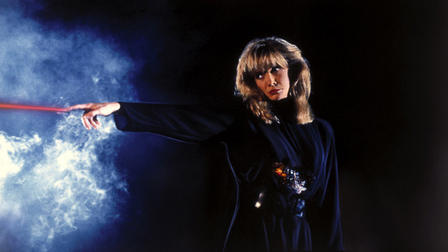
Toss Robocop into a microwave along with I Spit On Your Grave, add a dollop of Velveeta cheese, nuke for approximately five minutes… and presto! You’ve got Steel and Lace, an utterly delirious sci-fi/revenge-thriller from director Ernest Farino.
The harebrained plot revolves around a woman with the unusual name of Gaily Morton. Brutally assaulted by a gang of well-dressed, white-collar businessmen, Gaily commits suicide when the assailants avoid prosecution. Her brother Albert, a brilliant scientist with a fondness for robotics, resurrects his sister and Gaily returns to life as a sexy femme-bot on the warpath, determined to make the rapists pay the price for their misdeeds.
A film desperately in need of a cult audience, Steel and Lace is structured like a typical rape/revenge flick but flaunts a number of unique qualities. For one, the villains are not leather-clad street thugs, but rather successful Hollywood businessmen who project an aura of cocky invulnerability. This makes for slightly more well-rounded, interesting antagonists than usual. They’re well cast, too – one of them is played by Bryan Backer, a.k.a. Rattner in Fast Times at Ridgemont High.
The addition of fantastic elements to this sort of story makes for a pretty flavorful cocktail, and it doesn’t hurt that Farino fully embraced the picture’s sleazier aspects; this is a cheap exploitation film in every way, and it’s clear that all involved in its creation were well aware of this.
Add in appearances from cult icons like David Naughton and Bruce Davison and tons of nasty effects (a hidden stomach-drill that Gaily uses to take out the baddies is particularly memorable), and you’ve got a minor cult classic dying for fresh eyes. The picture is currently available streaming on YouTube under the title Final Exterminator.
8. Ghost in the Machine (1993)
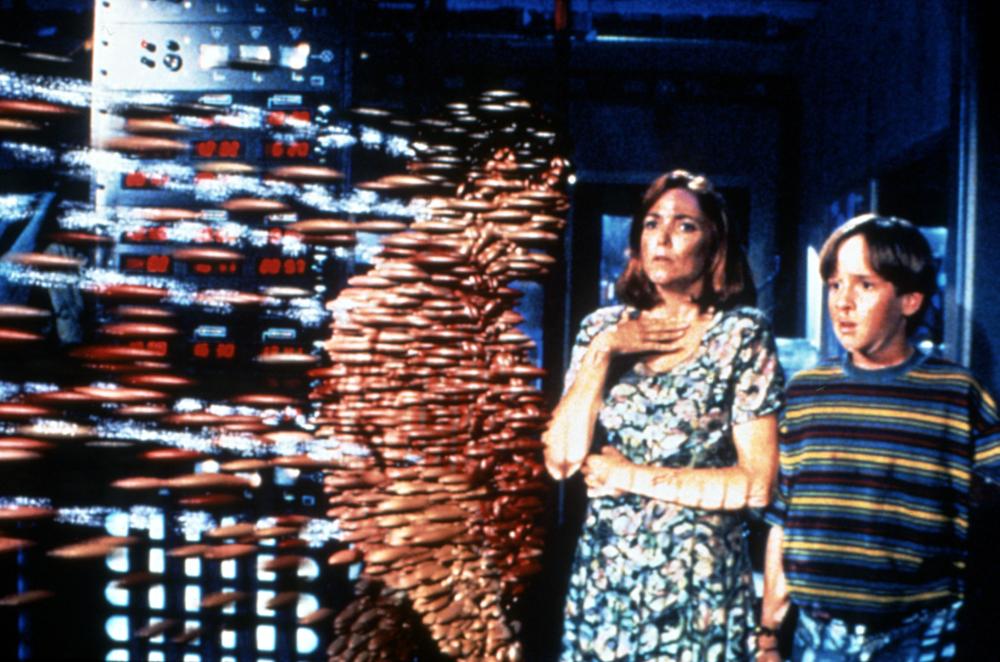
While it’s technically more horror than sci-fi, Ghost in the Machine is just so strange and forgotten, so wonderfully dated that I couldn’t resist including it here. In telling the story of a deceased serial killer who haunts computers and electrical systems, the film heavily relies on obsolete technology and the result is pure nostalgia overdose, a bloody trip down memory lane.
This movie is very much of its time, and that greatly adds to the overall level of enjoyment. Director Rachel Talalay (who got her start working under John Waters and helmed the sixth installment in the Nightmare on Elm Street series in 1991) demonstrates a keen visual sense and a strong grasp of what her film is: a goofy movie, one intended for an audience of stoned teenagers.
Ghost in the Machine is a vibrant, colorful, knowingly stupid good time that moves at a steady pace and brims with cheesy early-90’s eye candy. It does nothing particularly new, hits a number of familiar beats, but goes about its business with an infectious energy while managing to totally hold your attention.
The film was a box-office failure, pulling in just $5,000,000 – considerably less than half its budget. At the time it seemed like another wimpish wallflower, but the years have been strangely kind to this one.
Ghost in the Machine grabs you by the shirt collar and drags you through a whirlwind of brightly colored clothes, shameful hairstyles, garish computer effects, unintentional humor, and doesn’t forget to offer up a slew of genuinely impressive set pieces. Perfect for group viewing on the weekend.
9. Death Machine (1994)
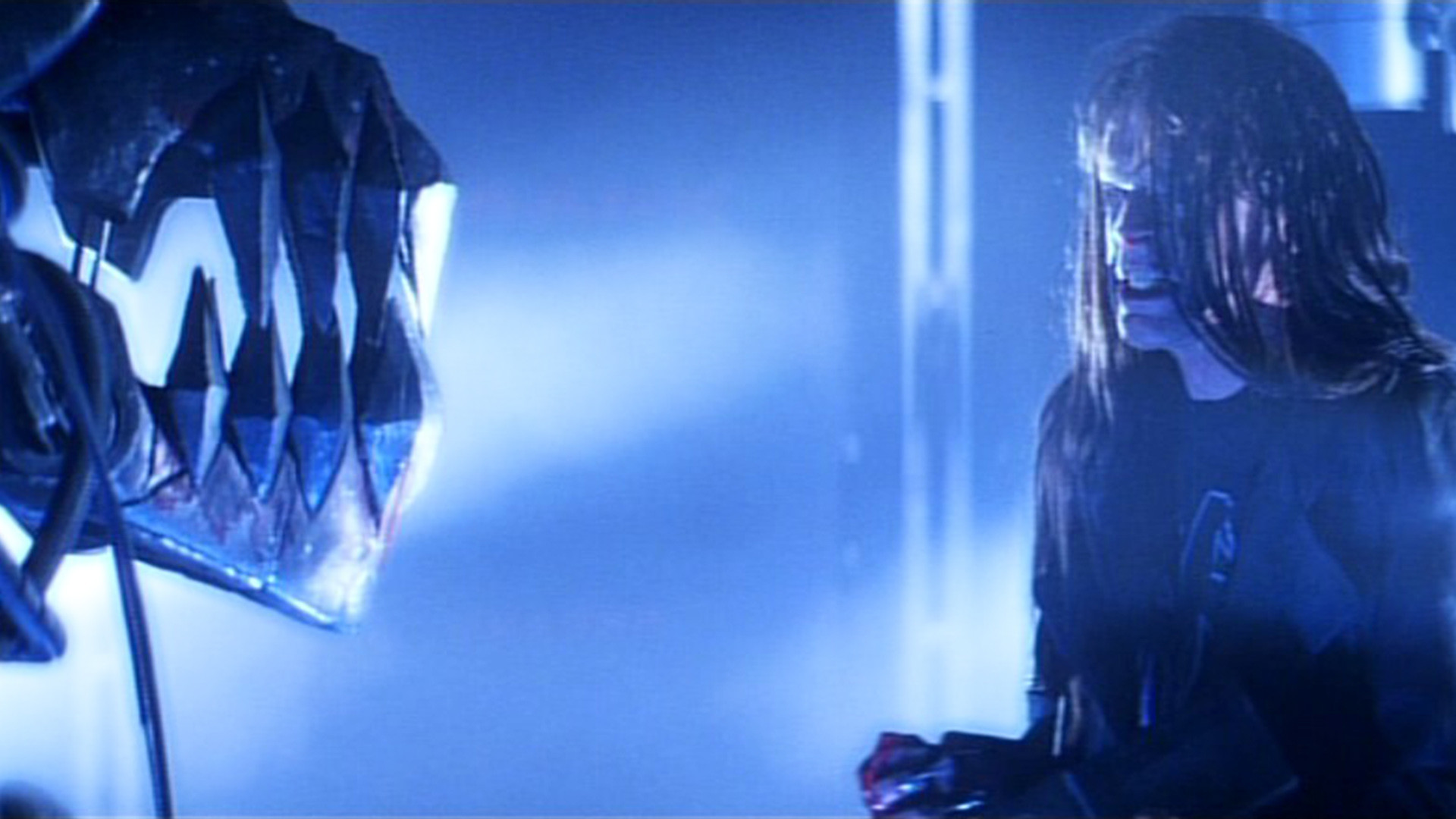
Like Saturn 3, the other film on this list to feature a killer robot, Death Machine hasn’t had an easy existence. Director Stephen Norrington (Blade) had his film drastically re-cut by distributors before it went straight-to-video in 1994.
To date, there are four different edits of Death Machine, including a rare 111-minute directors cut that Norrington oversaw himself (naturally this is the one to see). It’s a fairly simple setup – a genius young inventor named Jack Dante (Brad Dourif) works for Chaank Armaments designing the ‘perfect killing machine’.
When Jack is fired for being unstable and designing faulty machinery, he unleashes his ‘death machine’ on his superiors. Soon the Chaank building is a slaughterhouse and the employees are fighting for their lives against a remorseless hulk of metal with really, really sharp edges. Norrington handles the material with confidence and style, keeps his pace fluid, rarely giving the audience time to ponder the slightly wonky script.
The quick, hyper tone of a comic book is achieved and sustained throughout. Dourif is clearly having a ball as Dante, a greasy-haired-cyber-goth-man-child on the warpath. He’s the sort of actor who could enliven a funeral playing the corpse, and his presence aids the picture immensely.
Though its been somewhat neglected over the decades, Death Machine is an extremely good time: gory, wild pulp that takes no prisoners and pulls no punches. A lovingly restored, 3-disc Blu-ray set was recently released – but in Germany. We can only hope that one day Stephen Norrington’s brutal little gem receives the treatment it deserves in English-speaking territories.
10. eXistenZ (1999)
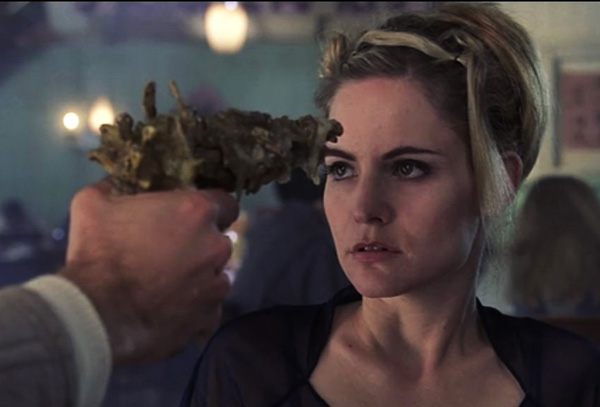
The last ‘body horror’ film from David Cronenberg (at least to date), eXistenZ has aged quite nicely. In 1999 it seemed a tad redundant, like the Canadian master was simply spinning his wheels, churning out a self-derivative Videodrome clone.
In 2017, eXistenZ feels more relevant than ever. The passing of time has revealed just how prescient and eerily prophetic Cronenberg’s films can be: the man essentially predicted AIDS (They Came From Within) and computer downloading (Scanners), for starters.
With eXistenZ, he turned his attention to the world of video games. The main character in eXistenZ is Allegra Gellar (Jennifer Jason Leigh), a talented young game designer in a society where virtual reality is commonplace. Players can enter other worlds from the comfort of an armchair by plugging a fleshy ‘game pod’ directly into a man-made ‘bio-port’ installed at the base of their spinal cord.
After a failed assassination attempt, Allegra’s prototype pod is badly damaged and she, along with a young marketing trainee named Ted (Jude Law), are forced to plug in to the wounded machine in an attempt to assess the situation. What follows is a twisted, intricate blend of reality and dreamscape as Ted and Allegra navigate their way through an unpredictable alternate universe where nothing is certain.
As is often the case with Cronenberg (one of our greatest living filmmakers), some degree of mental effort is required from the viewer. eXistenZ poses more questions than it asks and isn’t afraid to suggest, to use ambiguity as a narrative device. It’s a film that becomes clearer (and better) with each subsequent viewing. One line of dialogue truly ties the whole thing together: “My dog brought me this”. Just listen for that line.
Author Bio: Derich Heath is a writer, filmmaker, and musician living in Los Angeles. He makes music under the name Mr. Midnight (www.facebook.com/codenametrixie) and is currently involved in post-production on his debut film, Midnight Oil (www.facebook.com/midnightoilfilm). He also helps run the popular Facebook groups Grindhouse Sleaze and 80’s VHS Trash (www.facebook.com/grindhousesleazeand80svhstrash) and Mainstream Exploitation (www.facebook.com/mainstreamexploitationandrandomnuttertrash).